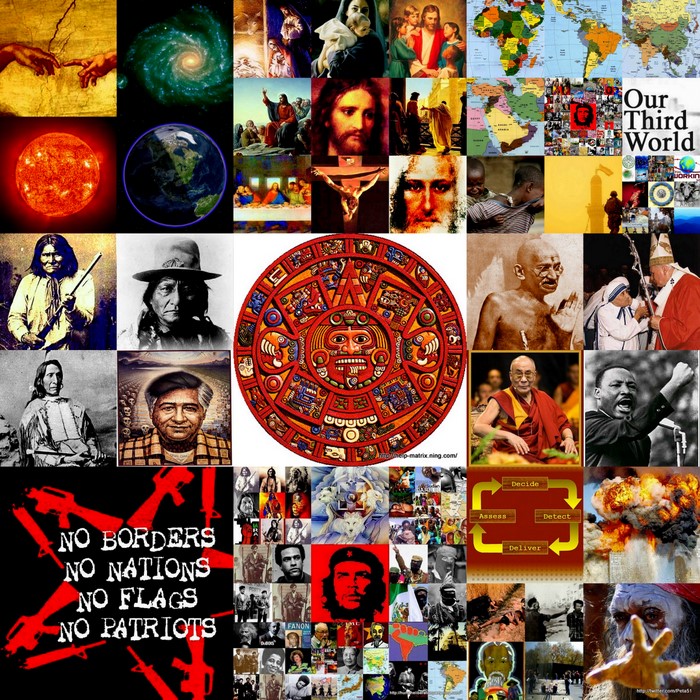Nerve agents the most deadly of recognized chemical weapons, can kill within 10 minutes
Nerve agents can kill quickly, within 10 minutes. Initial symptoms include salivation, constriction of the pupils and a feeling of tightness in the chest. At high doses, muscles clench, twitch and spasm.
Nerve agents kill by blocking an enzyme critical for normal nerve function. This enzyme, acetylcholinesterase, deactivates a signal that tells nerve cells to fire. With the enzyme blocked, the signaling molecule, acetylcholine, builds up, pushing nerves into a constantly aroused, or “on,” state. As nerves continually fire, muscles — including the heart and those controlling breathing — spasm.
While tiny doses can kill, people can survive low exposures. Sarin, in particular, is not easy to weaponize. For maximum lethality, it must be aerosolized into fine droplets, smaller around than the width of a human hair. Such particles are easily absorbed through the lining of the lungs but are heavy enough so they are not breathed back out.
The Aum Shinrikyo cult in Japan killed 12 Tokyo subway riders with liquid sarin in 1995, but had the terrorists more effectively weaponized it as gas, many hundreds could have died. “It’s difficult to deliver, and it’s not a particularly easy weapon to deal with,” Blair said.
Videos that surfaced Wednesday showed first-responders tending to alleged poisoning victims in Syria. If the videos are authentic, they lead Blair to think that sarin was not used in the attacks, as it can linger on the clothing of victims and affect bystanders.
The Syrian government may possess another category of chemical weapons, choking agents, which include chlorine gas. Dating to World War I, choking agents kill much more slowly than nerve agents, with symptoms appearing in two to four hours. Death occurs in about 24 hours.
These gasses kill by “dry-land drowning,” triggering fluid buildup in the lungs.
“You can’t breathe,” said Amesh Adalja of the Center for Health Security at the University of Pittsburgh Medical Center. “That’s the end stage of a high dose of chlorine.”
Blister agents, also dating to World War I, cause nasty burns, with mustard gas — made from sulfur or nitrogen — as the classic example. Blister agents can be dispersed as liquid or vapor and can linger for days. Blindness, lung damage and bone marrow suppression can occur after sublethal doses.
Blood agents, such as cyanide, are another category of chemical weapons, but the Organization for the Prohibition of Chemical Weapons says there are no confirmed reports of these agents ever being used during war.
The Chemical Weapons Convention — which the United States has signed but Syria has not — allows use of riot control agents, or tear gas, by law enforcement. Police in the United States routinely use tear gas to disperse crowds. And while generally thought of as non-lethal, tear gas can be fatal in an enclosed space, by interfering with breathing.
The two most common types of riot control agents are chloroacetophenone, also known phenacyl chloride or CN, and chlorobenzylidene malononitrile, known as CS.
Opposition leaders have in the past accused the Syrian government of deploying another type of chemical as a weapon — white phosphorous, which is not covered by the Chemical Weapons Convention. White phosphorous is often used in war as a tracer, to illuminate targets and aircraft landing sites. But if dropped on a person, white phosphorous can melt skin and will keep doing so for hours.
Two other types of chemical weapons generally recognized by experts are incapacitants, including LSD, which render victims confused or disoriented, and defoliants, such as Agent Orange, which can also cause nerve damage.
++++++++++++++++++++++++++++++++++++++++
HELP-Matrix Blog ~ http://help-matrix.blogspot.com/ ~
HELP Portal ~ http://help-matrix.ning.com/ ~
@Peta_de_Aztlan Blog ~ http://peta-de-aztlan.blogspot.com/ ~ @Peta_de_Aztlan
+++++++++++++++++++++++++++++++++++++++++



No comments:
Post a Comment
Please keep comments humane!